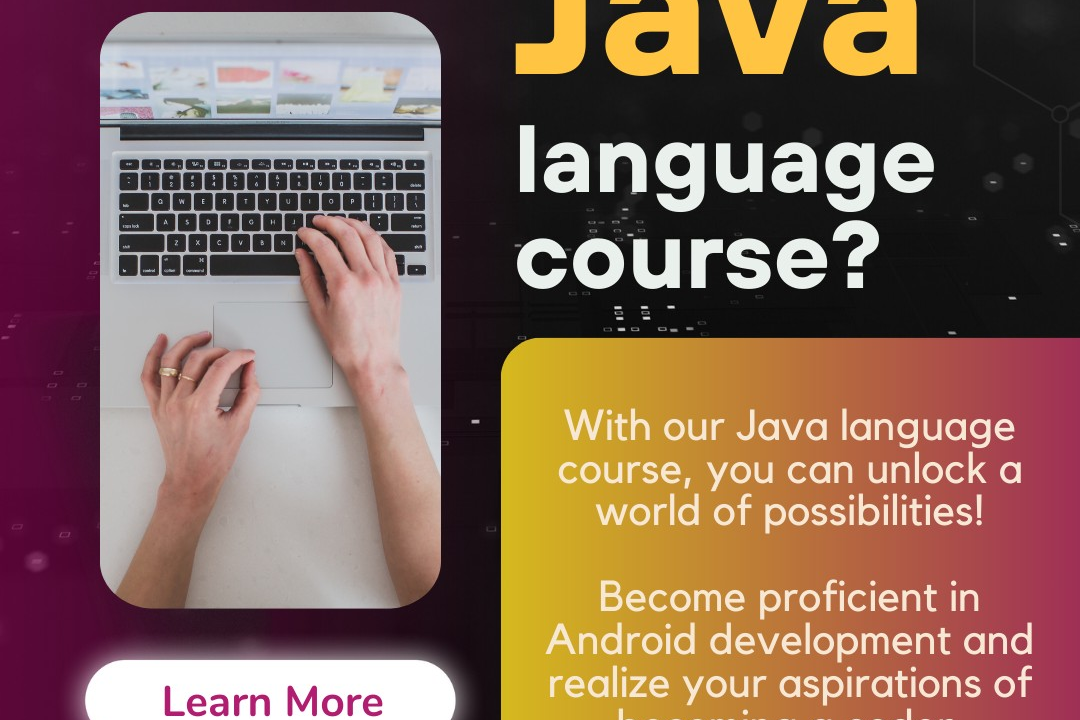Java client-side technologies
Exploring Java for Client-Side Development
Java client-side technologies
Java client-side technologies refer to the set of frameworks and libraries that enable the development of rich, interactive user interfaces on the client side of web applications using the Java programming language. Traditionally, these technologies included Java Applets, which allowed developers to embed Java applications within web browsers, providing dynamic content and enhanced user interactions. However, due to security issues and the evolution of web standards, the use of applets has diminished significantly. Instead, Java offers alternatives such as JavaFX, which enables the creation of desktop applications with rich graphics and user interfaces, and Java Web Start, which allows Java applications to be launched from a browser and run on the client’s machine. While Java-based client-side development has decreased in favor of JavaScript and front-end frameworks, Java technologies are still relevant in certain sectors, particularly in enterprise applications where Java-centric environments prevail.
To Download Our Brochure: https://www.justacademy.co/download-brochure-for-free
Message us for more information: +91 9987184296
1 - Java Applets: Java applets are small applications written in Java that can be embedded in web pages. They run in a web browser but require a Java plugin, which has become less common due to security concerns.
2) JavaFX: JavaFX is a rich client technology used to create modern user interfaces for desktop and mobile applications. It supports features like 3D graphics, audio, and web content integration.
3) Swing: Swing is a part of the Java Foundation Classes (JFC) used to build graphical user interfaces (GUIs) for Java applications. It provides a set of lightweight components and is highly customizable.
4) AWT (Abstract Window Toolkit): AWT is the original Java GUI toolkit that provides the basic framework and components for building GUI applications. Although it is less widely used now, it laid the groundwork for Swing.
5) JavaBeans: JavaBeans are reusable software components that can be manipulated in a visual development environment. They follow specific conventions and can be used to create GUIs and other components in applications.
6) JSP (JavaServer Pages): JSP is a server side technology but it can be used to create dynamic content on the client side through the rendering of HTML, allowing for interactive web applications.
7) JavaScript Integration: While not a Java technology, integrating Java with JavaScript allows developers to create dynamic web applications that leverage both server side and client side processing.
8) Java Web Start: A technology that allows users to start Java applications directly from the web using a browser. It allows Java applications to be launched from a web page while still providing a rich client experience.
9) JavaFX Scene Builder: A visual layout tool for JavaFX that allows developers to design user interfaces without writing code. The designs can be easily converted into FXML files.
10) J2ME (Java 2 Platform, Micro Edition): A set of Java APIs specifically designed for mobile devices and embedded systems. It allows for the development of applications for limited resource devices.
11) RESTful APIs with Java: Knowledge of creating and consuming RESTful APIs using Java can empower students to build client side applications that interact with server side resources over HTTP.
12) Java Servlet Technology: Servlets are server side components used to create dynamic web content. They can be utilized alongside client side technologies like applets and JSP to enhance UX.
13) Web Frameworks (JSF, Vaadin): JavaServer Faces (JSF) and Vaadin are frameworks that simplify the development of Java web applications by managing the UI lifecycle and providing ready to use components.
14) Rich Internet Applications (RIA): Training students on building RIAs using Java technologies that provide a richer user experience similar to desktop applications, using JavaFX or applets.
15) Java and HTML5 Integration: Understanding how Java applications can work with HTML5 technologies like Canvas and WebSockets can prepare students for modern web application development.
16) Common Libraries and Frameworks: Familiarity with libraries like jQuery and frameworks like Spring MVC for building Java based web applications that interface with client side technologies.
17) Development Tools (Eclipse, IntelliJ IDEA): Students will learn about various IDEs and tools that support Java development, including building, debugging, and testing client side applications.
By covering these points, students can gain a comprehensive understanding of Java Client Side Technologies, their applications, and their relevance in developing modern interactive applications.
Browse our course links : https://www.justacademy.co/all-courses
To Join our FREE DEMO Session: Click Here
Contact Us for more info:
why take pmp certification
java developer course in bangalore
HTML CSS JavaScript Course Free
Portfolio Development
Firebase Integration











